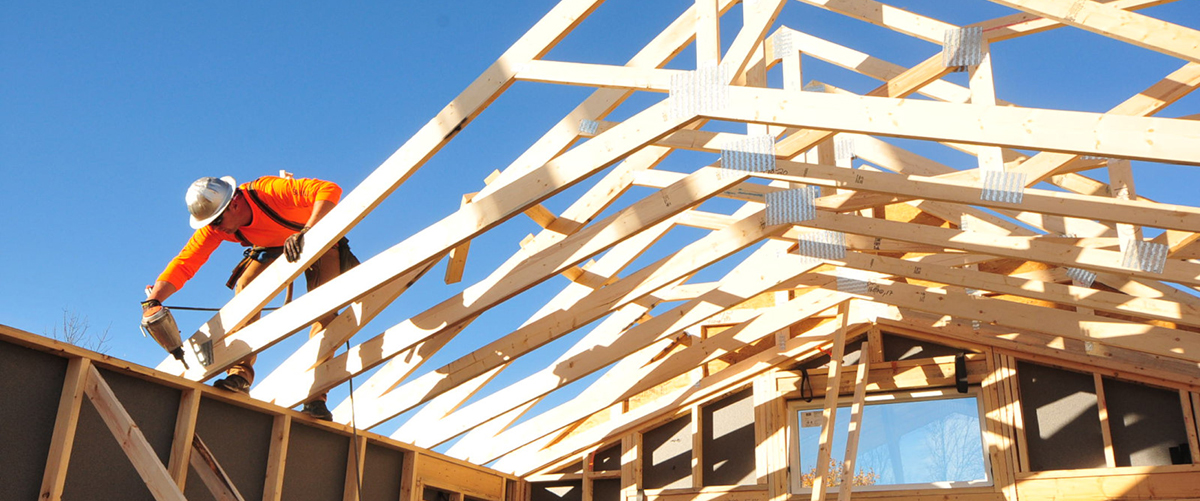Are Institutional Investors Good or Bad for Housing?
Originally Published by: NAHB — April 28, 2022
SBCA appreciates your input; please email us if you have any comments or corrections to this article.
Housing values have never been higher; over the past few years, as demand for housing has risen and inventory has continued to fall short of demand, housing prices have risen dramatically. Some homes are now earning more for their owners than their jobs: for the first time, the nationwide growth for the average American home value exceeded the inflation-adjusted median pretax income.

Homeownership and housing affordability have long been concerns for Americans, but the undersupplied market, COVID-19 pandemic, inflation and land use policy has caused the cost of housing to rise at a rate that makes entering homeownership exceedingly difficult.
Rental costs have increased as well; Redfin reported recently that the average monthly rent in the United States increased 15% year over year to a record high of $1,901 in February 2022.
Although the causes of the affordability crisis vary, purchases by institutional investors or private firms of for-sale and for-rent units to rent or flip to sell for higher prices are potentially making first-time homeownership more challenging, which limits the ability to build wealth.
Examples include:
- In early February 2020, private equity firm Blackstone announced that it acquired Preferred Apartment Communities, a real estate investment trust that owns 44 multifamily communities and about 12,000 housing units in the Southeastern United States, for approximately $6 billion.
- According to a Bloomberg News analysis, tech-based housing companies "are selling thousands of homes to institutional landlords backed by KKR & Co., Cerberus Capital Management, Blackstone Inc., and other large institutions." Transactions are leading to unlisted properties that are snapped up before they even hit the market and are occurring at greater rates in communities of color.
One of the main causes of housing unaffordability and the reason that yield-chasing investors have entered the real estate market is because of the pre-existing housing shortage created by local governments and certain home owners seeking to block new homes from being built. In a June 2021 report, the National Association of REALTORS estimated the U.S. housing inventory gap totaled more than 5.5 million housing units in the last 20 years. In order to fill this gap over the next decade, building would need to increase more than 700,000 units per year, or approximately 60% relative to the pace of housing construction in 2020 of less than 1.3 million units.
In contrast, the National Rental Home Council (NRHC) states that “large companies own approximately 300,000 single-family rental homes, less than 1.5% of the market, and only about 0.2% of the country’s total housing stock.” According to executive director David Howard, single-family rentals also offer more housing opportunities to those who may not be able to afford to purchase a home.
"Why should it be the case that the only people who can live in those neighborhoods are the people who can afford to buy, who have the wealth and the circumstances to come up with a 20% down payment and to purchase a home in those neighborhoods?" Howard told the Charlotte Observer.
A recent NRHC blog post also points to a transition toward single-family built-for-rent properties to help provide more diverse housing options in neighborhoods and communities across the country, which is part of the solution toward creating housing for all.
To help allow more housing to be built, cities and states around the country are looking at their land use policies and zoning codes, and retooling them to promote housing development. It is becoming increasingly important that local community decision makers tackle housing insecurity and unaffordability, and protect attainable homeownership for all.
Learn more about this topic and other land development resources in NAHB’s Land Use 101 section, which also includes NAHB’s Creating Housing for All Toolkit.
